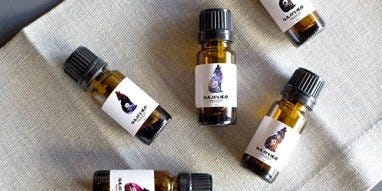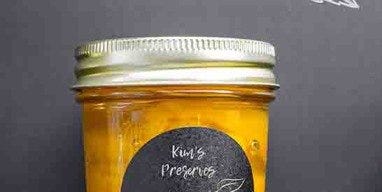Ancient Egyptian Technology and Inventions: From Surgical Instruments to Glass-Making and More!
The ancient Egyptians worked tirelessly on inventions designed to make their lives easier and more productive. Many of the items we use every day are in place because the Egyptians invented them: The calendar, writing, glass, and surgical instruments are just a few examples of items invented by ancient Egyptians. And many of the technological innovations of ancient Egypt continue to be important today.
Metal-Making
Egyptians discovered that they could mix a small amount of tin ore with copper ore to make bronze. Bronze is more durable and harder than other metals that were in use when it was discovered, around 3000 B.C. Thus, this period became known as the Bronze Age. Archaeologists have found tools, weapons, building materials, decorative items, and armor made of bronze.
Writing
People in ancient Egypt were among the first to devise writing and use it to keep records. Hieroglyphics were an early form of Egyptian writing, and this system combined alphabetic, syllabic, and logographic elements to create about 1,000 different characters. Later, hieroglyphics advanced into demotic and hieratic Egyptian scripts, and scripts in Greek and Aramaic were also created.
Papyrus
Using the pith of the Cyperus papyrus plant , Egyptians were able to make sheets that they rolled into scrolls. The earliest evidence of papyrus dates back to between 2560 and 2550 B.C., and it was found at an Egyptian harbor on the coast of the Red Sea. The papyrus scrolls found there outline the final years of building the Great Pyramid of Giza.
Ink
The Egyptians are also credited with the invention of ink, which they used to write on their papyrus scrolls. They combined beeswax, soot, and vegetable gum to make black ink. As they worked to perfect their ink recipe, they eventually replaced soot with other materials to create different ink colors. Materials such as red ochre were added to ink to make a variety of colors.
The Calendar
The Egyptians created a calendar by tracking the annual reappearance of Sirius, also known as the Dog Star. When this star rose, the Nile River always flooded. The Egyptian calendar had 365 days that were divided into 12 months. Each month was 30 days long, and the Egyptians added a five-day festival at the end of the year to make up the extra days. Because Earth's solar year is actually 365.25 days long, the Egyptian calendar slowly became incorrect. Ptolemy III solved this problem by adding one day to the calendar every four years, creating what is now known as a leap year.
Clocks
Egyptians used obelisks as sundials to track the course of each day. As they observed their sundials, they noticed that the amount of daylight varied between the longest and shortest days of the year. Egyptians also created a water clock, which was made of stone with a small hole in the bottom. As water dripped through the hole in the water clock, the time could be determined by looking at marks on the side of the container that held the dripping water.
The Corbel Arch
A corbel arch is made with a special method of construction called corbeling. This enables a structure to span a void or space while leaving an opening. Corbeling happens when stones or bricks are placed with successive rows offset, projecting toward the center of the archway. These arches aren't as efficient as true arches, which offer better support and strength, but they were used frequently in ancient Egyptian buildings.
Glass-Making
Glass-making was underway by 1500 B.C., with Egyptian artisans making glass vessels of many different colors. They shaped the body of a glass container around a core of material that was similar to ceramic, then wound the hot glass filaments around it. They could also add handles and an upper rim before allowing the glass vessel to cool. Then, they would remove the ceramic core.
Furniture
Egyptians built many types of furniture, including tables, stools, and beds. Initially, tables were used in storage, but eventually, people used them as a raised surface for eating and playing games. Exploring tombs of Egyptian kings shows off many of the furniture items they made. Ancient kings were often buried with their furniture.
Surgical Instruments
Ancient scrolls have shown researchers that Egyptians were active in medicine, treating fractures, wounds, injuries, and tumors. These scrolls have also illuminated the Egyptians' ability to examine patients, diagnose issues, and treat them. Surgical instruments were used to probe and suture wounds and make incisions.
Toothpaste
The invention of toothpaste is credited to the Egyptians. Recipes varied, but toothpaste often contained ingredients such as charred eggshells, ox hooves, pumice, ashes, mint, pepper, and rock salt. Some Egyptian advertisements have been found promoting toothpaste, even promising that the powders would lead to perfect, white teeth.
Additional Resources
- Ancient Egyptian Inventions
- Science in Ancient Egypt and Today: Connecting Eras
- Ancient Egypt: A Brief History
- Egypt: Timeline of History and Culture
- Ancient Egyptian Civilization
- Ten Facts About Ancient Egypt
- The World's Oldest Papyrus and What it Can Tell Us About the Great Pyramids









